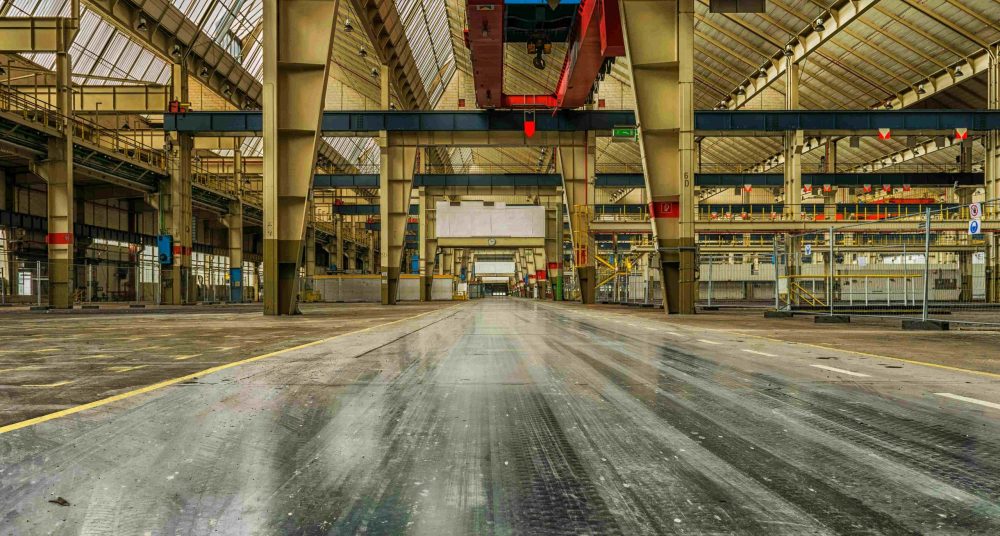The production sector is experiencing a radical change. Previously associated with their predictability and repetitiveness, the current production floors are now the symbol of innovation, data analysis, and computer-like accuracy. In order to stay within the game, businesses are reevaluating the way they train and empower their employees. Workforce education is undergoing the same change as the technology that has influenced its aspect, such as virtual learning to cross-disciplinary training. The following are 8 major patterns that are transforming the way manufacturers train, retain, and motivate their teams.
1. Digital Learning Becomes the New Standard
The conventional classroom is giving way to online studies and interactive courses that can be incorporated into the work hours of an employee. Digital learning enables employees to learn when they want to, peruse content when the need arises, and stay abreast of the fast changes in technology. It also promotes uniformity in terms of multiple sites, making sure that the workforce of a company, regardless of its geographical location, is given the same standard of education. This flexibility also enables the employees to adapt quickly to changes without interfering with productivity, as manufacturing tools are becoming more complex.
2. Immersive Technologies Are Redefining Hands-On Training
VR and AR are changing the process of educating employees on machine operation, maintenance, or safety measures. Indicatively, a technician may work on equipment construction in a computerized setting without ever getting to the production line. Such an experience-based learning enhances confidence, minimizes mistakes, and shortens the interval to get to full competence in a new job.
3. Emphasis changes from Task-Based skills to Problem-Solving skills.
The production in the modern world is no longer a matter of accomplishing one independent task at a time. Rather, employees are being conditioned to think and find solutions to problems whenever they occur. The firms are promoting team learning, whereby the employees in various departments work together to solve real-life problems. This model builds flexibility- a competency that is becoming quite important in a world that is being automated and transformed by market shifts. Employees are not taught steps, but how to learn the systems, find out areas of inefficiency, and come up with solutions to enhance the entire performance.
4. Microlearning makes Education Continuous.
Lengthening training sessions are being replaced by shorter and focused ones, which can be carried out in a few minutes. This approach is called microlearning and is ideally adapted to the realities of modern production. Mobile applications or work terminals can be used to provide bite-sized lessons to workers between shifts or during downtime.
5. Soft Skills Gain Preeminence.
Although technical knowledge will always be a requirement, manufacturers are now putting more focus on communication, leadership, and emotional intelligence. The interpersonal skills are getting equally significant as the mechanical expertise because the teams are becoming more diverse, and the roles are becoming more interconnected. The conflict management, teamwork, and flexibility modules are being included in the training programs to equip the employees with the collaborative nature required in the current factories. The outcome is a more unified and creative workforce that can work effectively in different roles and departments.
6. Technology-Learning: Growth is Personalized.
Data analytics are making the manufacturing education more personalized. The learning management systems are currently monitoring the progress of employees, their skills, and performance data in real time. This information is used to guide trainers on which ones require additional assistance or those that are prepared to receive higher-level training. It also enables companies to frame the educational content to learning styles and objectives.
7. Alliances Fill the Skills Gap.
Alliances help to ensure that the fresh entrants in the field have the skills pertinent to the industry requirements. There is also the increasing prominence of apprenticeships, certifications, and internship programs. In the case of employees already in the field, taking a manufacturing training course would be a way to renew knowledge or add new technical skills. This joint model will not only build on the talent pipeline but will also offer career development avenues in the sector.
8. Lifelong Learning Becomes an Essential Expectation.
Training at previous times used to be halted when an employee was good at a given job. Such an attitude is quickly evolving. Lifelong learning leads to the competitiveness of the company and gives workers the ability to develop in tandem with the industry itself.
Conclusion
Educating the workforce in manufacturing is no longer the issue of teaching individuals how to operate machines. It is about preparing them to think on their feet, adopt technology as a co-worker, and accept it. With these eight trends still taking control of the industry, education will always be an engine in the sphere of innovations, productivity, and advancement.
